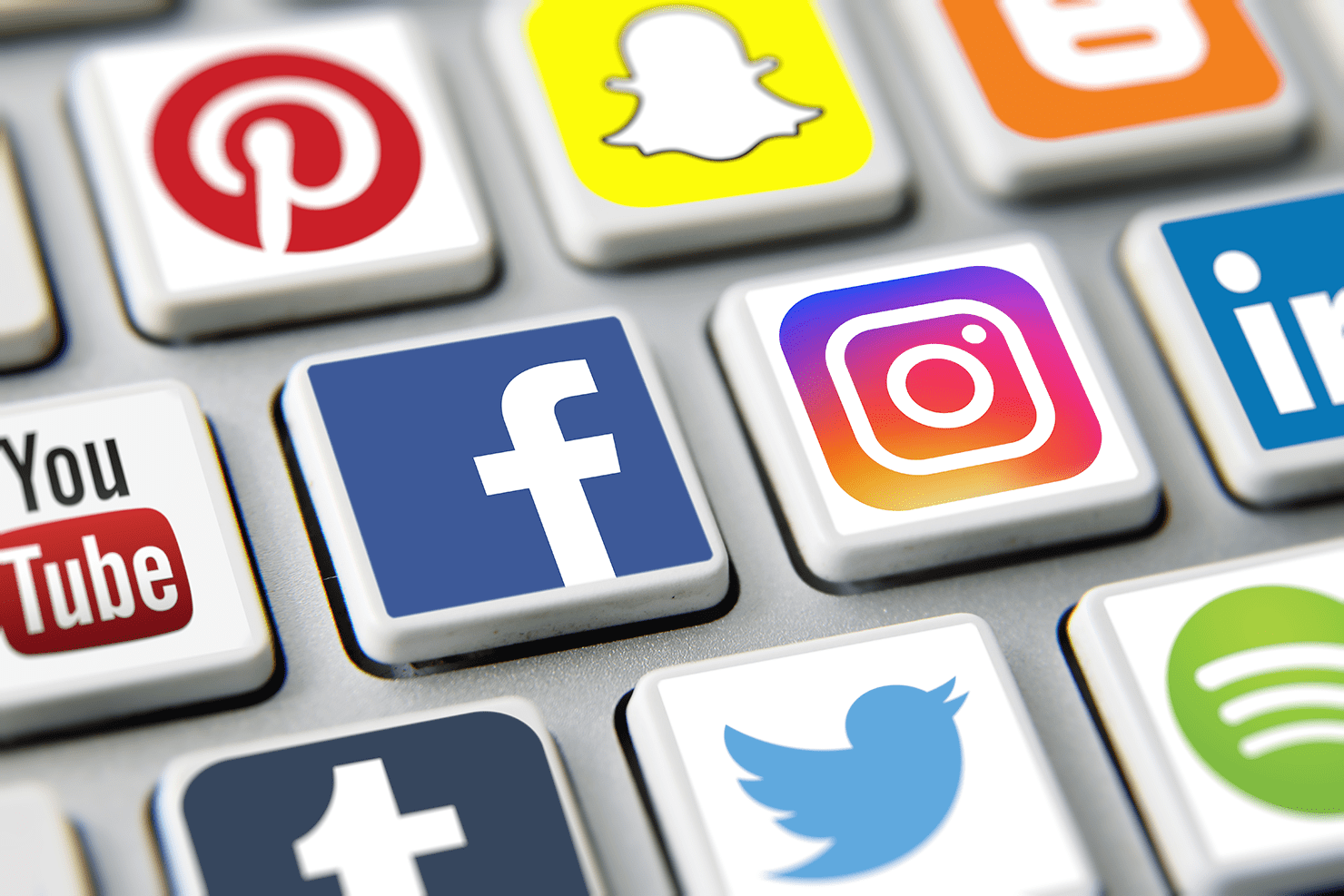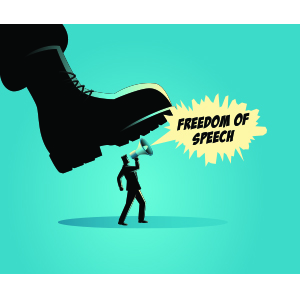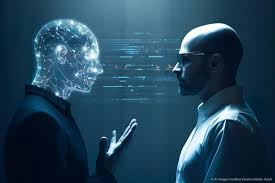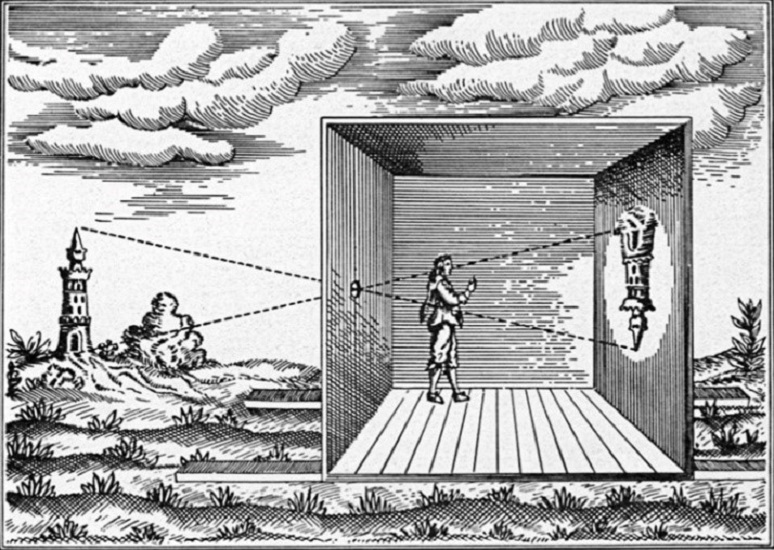In the today's modern world, at every step a smartphone or other modes of technology have replaced so much human interaction. In explaining this spread of this technological device, it was quite useful to use the theory of Diffusion of Innovation. This theory allowed explaining how new ideas and technology are diffused into society, how and at what rate.
The Glamour of Smartphones
Smartphones came out as an invention of revolution by putting all kinds of functionality together. Calling, texting, Internet browsing, and thousands of applications all within one device. Because of this versatility, smartphones made many tasks much easier and more convenient. For most people, they are no longer a luxury item but have become an essential part of everyday life. The magic of instant communication, access to information, and execution of different tasks while on the go mesmerized people from far and wide.
The Role of Early Adopters
Other organizers in the process of the spread of smartphones were the early adopters. They are usually fans of technology that adopt the new capabilities that were offered by smartphones. Conveniency, status, and being in the modern world of the technological development motivated early adopters to set a trend. Influence from peers, relatives, or even celebrities that used smartphones contributed to wider diffusion among the general population.
Late Adopters and Non-Adopters An Understanding While many were embracing smartphones, some remained hesitant. Usually, late adopters of new technologies are also skeptical of them and still prefer to use traditional ways of communication. Many felt overwhelmed with the speed at which technology was changing or felt uncertain about the benefits of adopting the smartphones. The concerns for non-adopters may be more serious: privacy issues, the addictive aspects of smartphones, or even a 'good enough' mentality about their current methods of communication. In these latter groups, the potential risks often outweigh any benefit.
The Disadvantages to Adopting Smartphones
However, with the heavy reliance on smartphones, there have been many negative impacts. Many of these persons have less in person contact, therefore may experience feelings of loneliness. Privacy concerns have also increased as personal details are highly vulnerable to leakages in the digital world. The mental disorders related to excessive usage of social media, such as anxiety and depression, are on the rise.
Cost-Benefit Considerations
The advantages of joining social media platforms would be immense. Considering the incentives as per feedback, it looks very good. Catching up with friends, receiving news on time, and participating in interest communities. Yet, these have to be weighed against the downsides: loss of privacy, misinformation, negative impact on mental health. Ultimately, whether or not to adopt or avoid new communication technologies such as smartphones and social media use is a matter of individual values and priorities. To some, the connectivity and information access given by smartphones outweigh the drawbacks, while for others, a more minimalist, less digital life might be a greater attraction.
Conclusion
The recent diffusion of smartphones is a modern example of how certain innovations can find their ways into our everyday lives, through various difficult factors such as social influence, personal taste, and cultural conditioning. In this digital age, understanding the drive behind the adoption of technology and its potential impacts is very well worth considering.












